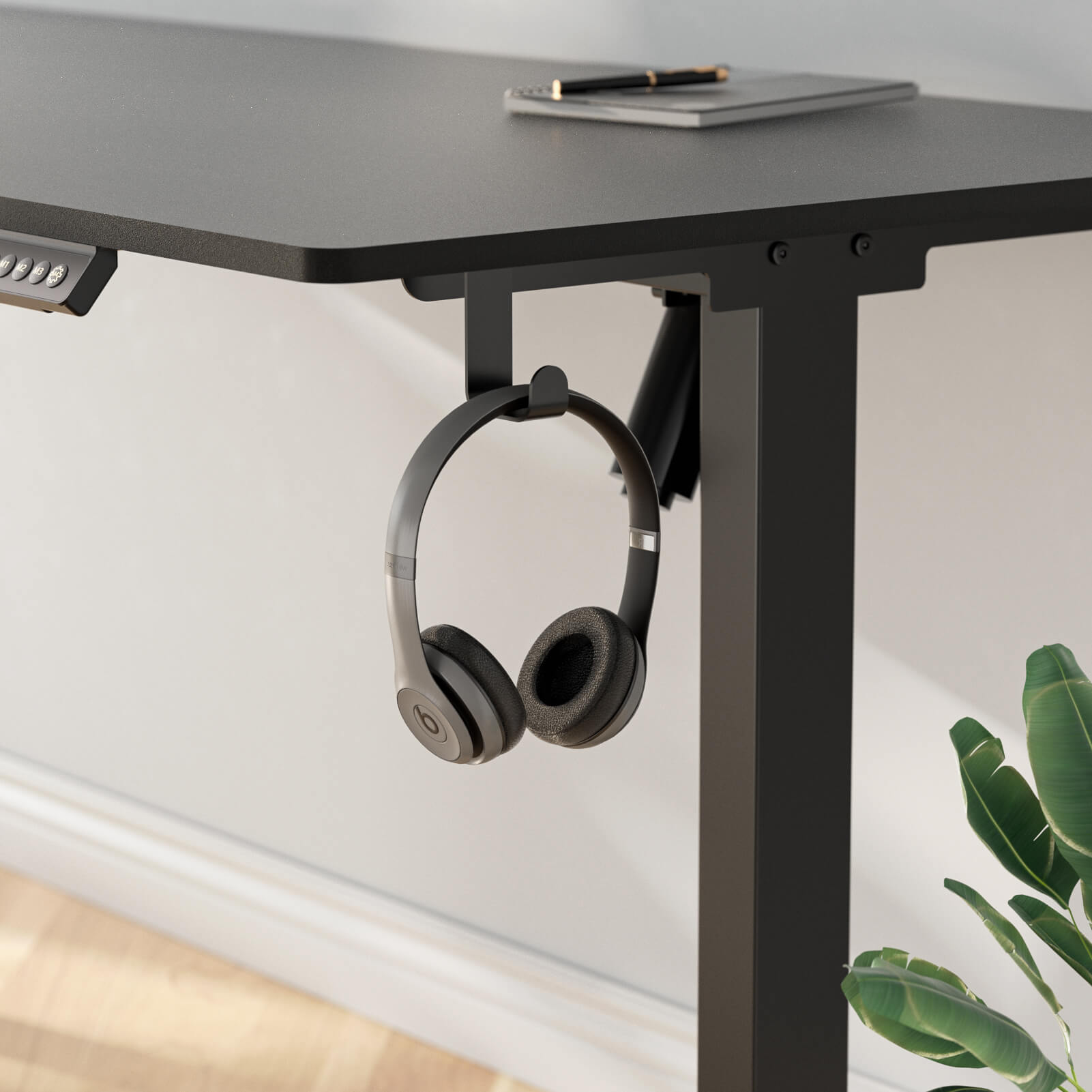More people are looking to improve their workspaces, and adjustable standing desks are a popular choice. These desks let users switch between sitting and standing, which helps promote better posture and overall health. However, with so many options available, finding the right standing desk can be challenging. This article highlights the key features you should consider when selecting a standing desk.
1. Height Adjustment Range
A critical feature of any standing desk is its height adjustment range. A good desk should allow you to work comfortably in both sitting and standing positions. Most desks adjust between 24 and 50 inches in height. Some models even offer a wider range, which can be especially helpful for taller users.
Why It Matters
Proper height adjustment helps you maintain good posture. This reduces strain on your back and neck. If the desk is too high or too low, it can lead to discomfort and health issues over time. Therefore, look for desks with easy-to-use adjustment mechanisms, whether manual or electric.
2. Weight Capacity
Another important factor is the weight capacity of the desk. This specification tells you how much weight the desk can safely hold. Most standing desks can support between 150 and 300 pounds. If you plan to use multiple monitors or heavy equipment, choose a desk with a higher weight capacity.
Importance of Stability
A stable desk prevents wobbling while you work. If the desk is unstable, it can be distracting and affect your workflow. Always check both the weight capacity and stability features before making a purchase.
3. Ease of Use
The method for adjusting the desk height should be user-friendly. Many modern standing desks use electric motors for quick adjustments. Others may have manual cranks or pneumatic lifts. Consider which option is most convenient for you.
User-Friendly Features
Desks with programmable presets allow you to save your preferred heights for easy adjustments. This feature is especially useful if multiple people share the same desk. An easy-to-adjust desk encourages you to switch positions more often, which improves comfort and productivity.
4. Stability and Durability
Stability is key when choosing a standing desk. A sturdy frame prevents wobbling while you work. Look for desks made from high-quality materials like steel or solid wood. These materials provide the strength you need for a reliable workspace.
Long-Term Investment
A durable desk not only improves stability but also ensures it lasts for years. Cheaper desks may save you money now but can lead to problems later. In this case, investing in a quality standing desk pays off in the long run.
5. Design and Aesthetics
The design of a standing desk matters, especially if it is in a visible area. Consider how the desk will fit into your existing workspace. Standing desks come in various styles, colors, and finishes, ranging from modern to traditional.
Personal Preference
Choose a design that matches your style and complements your office decor. A desk that looks good can enhance the overall appeal of your workspace, making it a more enjoyable place to work.
6. Cable Management
With technology comes the need for organization. Many standing desks have built-in cable management systems to keep cords tidy and out of sight. This feature is especially important if you have multiple devices like computers, monitors, and printers.
Reducing Clutter
Effective cable management improves the aesthetics of your workspace and helps prevent accidents. Loose cables can be a tripping hazard and can also lead to equipment damage. A well-organized desk allows for a more efficient work environment.
7. Warranty and Customer Support
Finally, consider the warranty and customer support offered by the manufacturer. A good warranty shows that the company stands behind its product. Look for warranties that cover the frame, motor, and electrical components for several years.
Peace of Mind
Reliable customer support is also essential. If you encounter issues with your desk, responsive support can help you resolve problems quickly. Researching customer reviews can give you insight into the company’s reputation for service and support.
Conclusion
Choosing the right standing desk can greatly enhance your workspace and overall well-being. By considering key features like height adjustment range, weight capacity, ease of use, stability, design, cable management, and warranty, you can make an informed decision. Remember, investing in a quality standing desk is an investment in your health and productivity. Take your time to explore options and find the desk that best fits your needs. Enjoy the benefits of a more dynamic and comfortable workspace!

